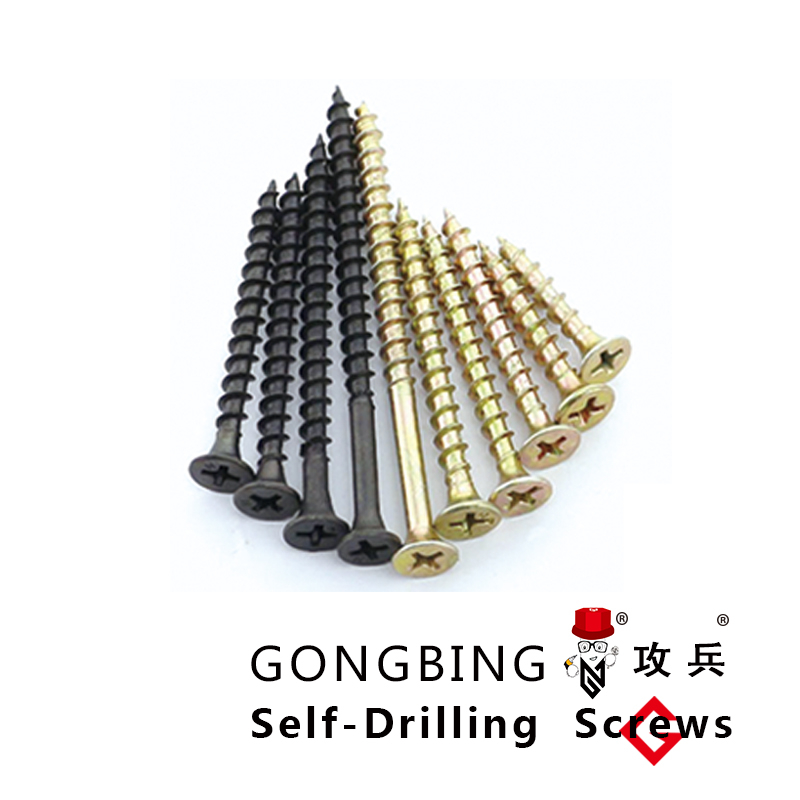full threaded rod
Understanding Full Threaded Rods Applications, Benefits, and Selection
Full threaded rods, also known as fully threaded rod or all-thread rod, are versatile fasteners commonly used in various construction and manufacturing applications. They are characterized by a uniform thread that runs the entire length of the rod, making them ideal for situations where a secure and adjustable connection is necessary. This article delves into their applications, benefits, and considerations for selection.
Applications of Full Threaded Rods
Full threaded rods are utilized across multiple industries due to their adaptability. In construction, they are often employed to anchor structural components, facilitate the connection of beams and columns, and secure equipment. Their ability to engage with nuts and washers on both ends allows for easy adjustments and fine-tuning of tension, which is crucial in load-bearing applications.
In the manufacturing sector, full threaded rods serve as connecting elements in machinery and fixtures. They can be cut to length, making them suitable for custom projects. Additionally, they are widely used in automotive and aerospace applications, where precision and reliability are paramount.
Benefits of Using Full Threaded Rods
One of the primary advantages of full threaded rods is their versatility
. They can be used in a variety of environments and materials, including wood, metal, and concrete. The continuous threading allows for flexible fastening options, enabling users to securely tighten or loosen connections as needed.Furthermore, full threaded rods are robust and can accommodate considerable loads. This strength makes them ideal for heavy-duty applications, providing peace of mind that structural integrity is maintained. Their design also minimizes materials used while maximizing holding power, leading to economical solutions in project planning.
full threaded rod

Another benefit is the ease of installation. Full threaded rods can be quickly and straightforwardly installed using standard tools, reducing labor time and costs. Their adaptability means they can be used in applications ranging from simple home projects to complex industrial setups.
Selection Considerations
When selecting full threaded rods for a specific application, several factors must be considered. These include the material of the rod, as options like stainless steel, carbon steel, and alloy steel each have unique properties suitable for different environments. Corrosion resistance is critical in outdoor or moist conditions, where stainless steel is often preferred.
The diameter and length of the rod also play a significant role in its performance. A thicker rod can handle more substantial loads, while the length must be suited to the installation requirements. Additionally, thread pitch and shape can impact how tightly and securely the rod locks into place.
Lastly, compliance with relevant standards and regulations should be considered to ensure safety and reliability in installations. Choosing high-quality components from reputable manufacturers can further enhance performance and longevity.
Conclusion
Full threaded rods are an essential component in modern engineering and construction, offering unmatched versatility, strength, and reliability. By understanding their applications, advantages, and factors to consider during selection, professionals can ensure effective use of these important fastening elements in their projects. Whether for a large-scale construction job or a simple DIY task, full threaded rods provide dependable solutions that stand the test of time.
-
Weatherproof Plastic Expansion Anchors for OutdoorNewsJun.06,2025
-
Sustainability in the Supply Chain: Eco-Friendly TEK Screws ProductionNewsJun.06,2025
-
Load-Bearing Capacity of External Insulation FixingsNewsJun.06,2025
-
Double Head Bolts: Enhancing Efficiency in Industrial MachineryNewsJun.06,2025
-
Corrosion Resistance in Chipboard Screws: Coatings for Wholesale DurabilityNewsJun.06,2025
-
Butterfly Toggle Bolts : Enhancing Structural ResilienceNewsJun.06,2025
